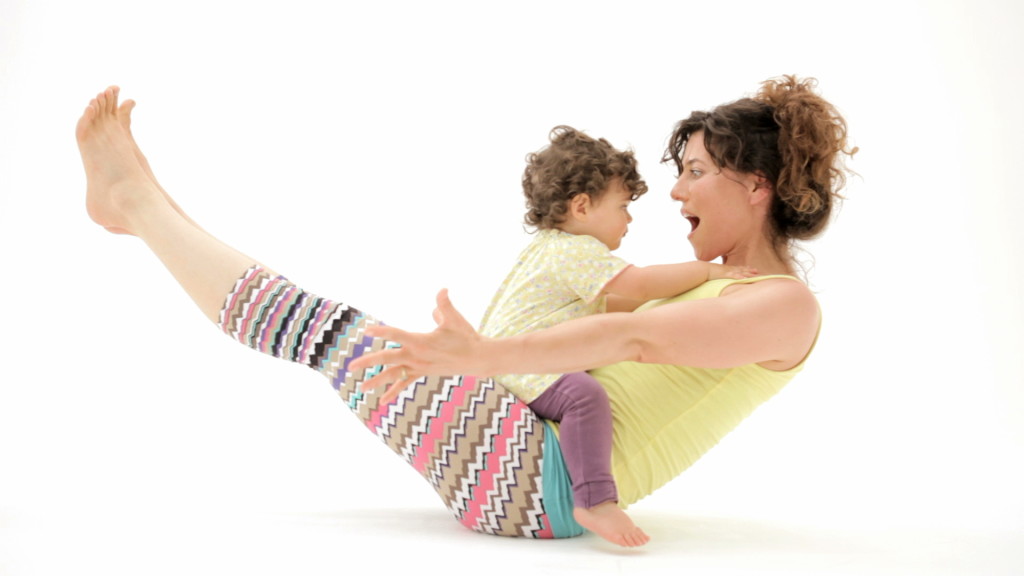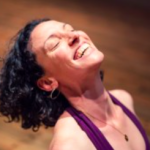It is true in pregnancy, and is very true after birth: Every woman, every pregnancy, every birth is different. So the first thing to remember is that your journey is your own, and your progress need not be measured in regards to anyone else.
by Mollie McClelland Morris
I gave birth to my daughter in March 2015. At this writing, she is 11 months old. Her birth was challenging, as all births are. I am proud and very grateful that my baby was born at home, without the use of pain relief, other than a birth pool, breathing techniques and my own mantras and visualisations from my birth preparation practice.
That said, the experience gave me the conviction that whatever a mother and her birth team need to do to birth the baby is fine. You don’t win any prizes for anything in birth and there is really no need to suffer unnecessarily.
After birth, the body is a cocktail of hormones, endorphins, fluids, emotions, cuts, scrapes, bruises, stitches in unique combinations. I was very active and feeling pretty ok in the days after birth, and still I was shocked by the difficulty of simple things – reaching a glass from the cupboard, going to the toilet. My pelvis felt wobbly in a way I have never experienced before.
The first practice for me after birth was to breathe and experience my own body
My first ‘practice’ was in a bath with healing herbs, soaking, breathing, and feeling. It is an amazing transition to go from being 2 to being 1 again. So it was simply to acknowledge that (and feel all the emotions that come with it!)
The next practice after birth was long deep breathing
We do not think of breathing as exercise. In fact conscious breathing is one of the best “exercises” for the abdominal muscles and the pelvic floor. Good posture is essential for these benefits. A seated breathing practice might be the best exercise for coordinating the pelvic floor and abdominal muscles. You could also do a breathing practice lying down, with the soles of the feet on the floor. (But don’t sleep!)
My next practices were to bring movement and awareness to the pelvic floor
Because the pelvis is loose from hormones, and blasted open from birth, it is best to do this without straining or weight bearing at first. If you have had pelvic girdle pain during pregnancy, it can take time for the hormones to go back to normal. If you breastfeed, it may take longer.
Lying on the back and doing leg circles, happy baby pose, scissors movements, can all be helpful.
>>Click here to discover these poses on my YOGA FOR NEW MOTHERS videos>>
Slowly, slowly, I started to reintroduce “postures” from my former yoga practice
- I started with cobras and backbends, with breathing, because the upper back needs it from feeding and gazing at your beautiful baby.
- I then brought in spinal twists, because they also felt really good.
- Squats and wide leg poses can also benefit the pelvic floor, but go gently when weight bearing, or start with lying down poses like Happy baby.
- Dynamic poses, like spinal flexes and circles can be great.
- Reaching the arms above the head and holding them there, in stillness or movement is also great for getting deep breaths in and helping with the upper back!
- For the legs, I worked mostly with symmetrical poses first, and very slowly added asymmetrical poses, adding lunges and Warriors after a few months. My pelvis did not enjoy having my legs so wide in the early days.
My body changed, and started to feel like MY body again around 6 months. At 11 months, my body feels mostly normal. I am still flexible and loose in ways I wasn’t before, but I am not teaching or practicing as much as before. It is a journey. It is fine to push yourself to develop your fitness again, but do it with care and discernment. It is also ok to let go of some poses for a while until they feel right to you. I don’t think you get any benefit from stretching deeply into muscles and ligaments that are abnormally loose. I think it is better to find your stability first and then allow the flexibility to come. (But that is my general way of working anyway!)
Best of luck on your journey through this magical transformation into motherhood.
Mollie is a co-owner and Director of Sādhaka Yoga Centre in London, UK, a thriving studio that was recently closed (temporarily) by a fire. As creator and lead teacher of Grace and Presence Yoga Teacher Training and mentoring courses and workshops for Yoga Teachers, she helps others to refine their practice, and find their voice as teachers of yoga.
You can check out Mollie’s website here.







Leave a Reply